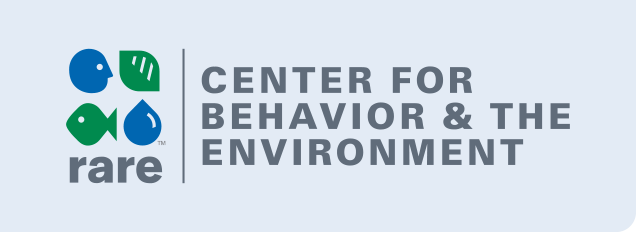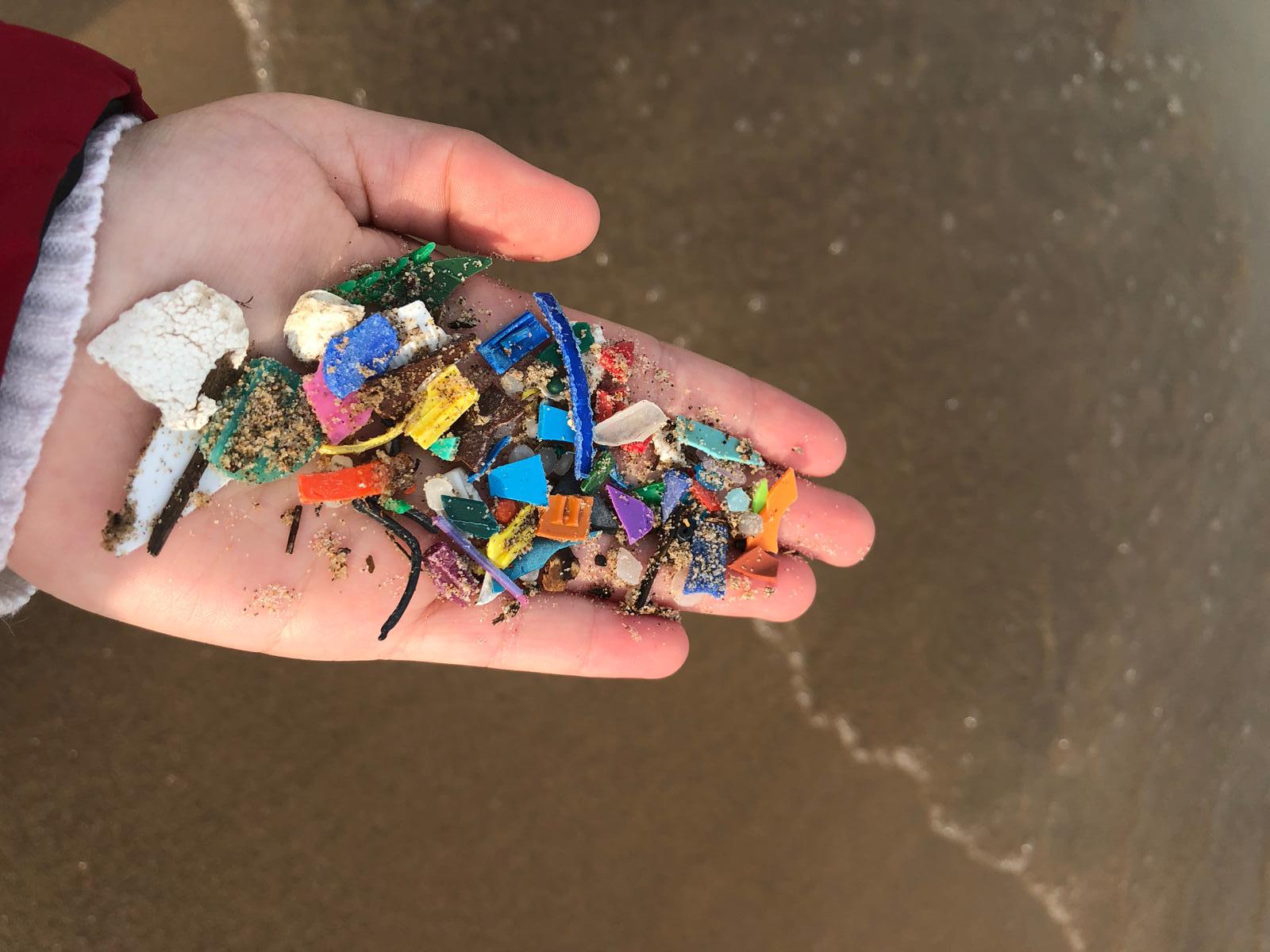“Production” is the first step of the plastic pollution life-cycle. This can include many things, from design and actual production to packaging and distribution – basically, the supply chain of plastics from the factory to your home. The following thought pieces, theories, and case studies provide a many examples of how behavioral science can encourage people to both produce and encourage organizations to produce plastics in a sustainable way, often with a mind to circular economy. At the bottom of the page, you’ll see the resources and toolboxes from the home page that may help you in building your own initiatives.
Thought pieces and theory:
If you are working on…
- The supply chain, generally, see this in-depth chapter on the “wicked problem” of plastic pollution and the existing framework that permits the problem to exist. Watch this video for an overview of the supply chain, and how behavior change can play a role at various stages. Read how various governments have targeted plastic reduction through a variety of interventions over the last 20 years (including bans, waste management, production, etc.). See this piece published in Science about how to reduce plastic production drastically – by nearly 80% – by using multiple interventions. This literature review offers insight into consumer perspectives on advantages and disadvantages of plastic, including its production, which may be valuable in deducing consumer values.
- Packaging and labeling, check out the power of green nudging in recyclable plastic packaging. Also see how labeling prompts may impact how people choose to consume (or not). Read this study about how procedural information prompts on packaging can impact recycling behaviors.
- Circular economies, see how behavioral science can work at scale, including for an entire nation, in solving the plastic pollution crisis at every stage. Read a thought piece on what the Global Plastics Treaty means for future steps in combatting plastic inundation. You can see the “Zero Draft” of the Global Plastics Treaty here.
Case studies:
If you focus on…
- Corporate responsibility, see how this Georgian nonprofit used behavior-centered design to reduce office dependence on plastic.
- Circular economies, check out this project that unifies promoting recycling behaviors with production of materials made with recycled plastic. Watch this video of what it will take to scale plastic and behavioral initiatives if we want a “circular society.” Circular economies may require a global treaty to commit to less production, which in turn will require a variety of top-down and bottom-up behavioral approaches.
Keep in mind that this webpage is a living one – we will continue adding relevant content as the world of behavioral science grows! If you have any thought pieces or research surrounding behavioral science and the following topics, don’t hesitate to reach out:
Product design, alternative materials, regulations and standards, extended producer responsibility, taxation and levies, corporate responsibility, incentives for manufacturers, collaboration and partnerships, voluntary commitments, supply chain management, government procurement policies, and/or public awareness campaigns.

